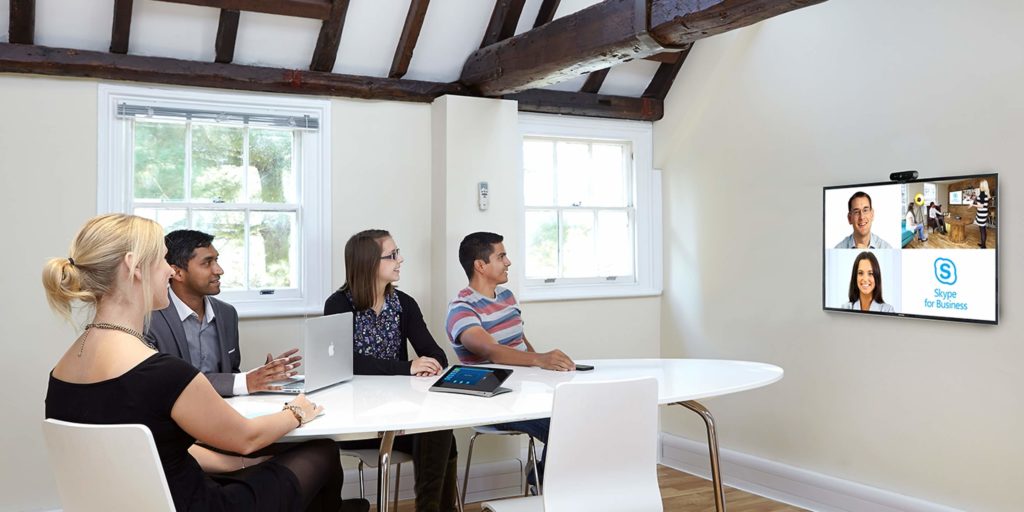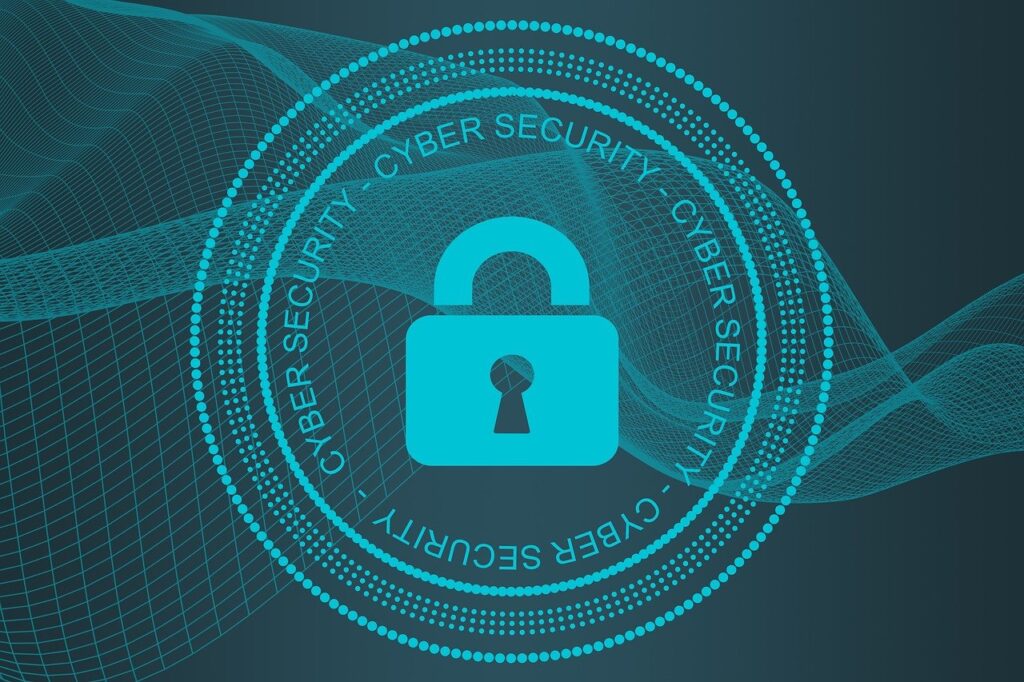Many employees using video communications are not primed for the unwelcomed visit of a cybercriminal. Vulnerabilities in the infrastructure and in the cloud are plentiful playgrounds for hackers to infiltrate a virtual meeting room and cause disruption.
While video, voice, and messaging systems are rapidly becoming an integral part of a company’s strategic communications plan, never before has prioritizing security been so prominent on the agenda.
Meeting disruption
Cyber attacks are one of the biggest concerns for enterprises in Europe, Asia, and North America using cloud-based services. The threat landscape has grown exponentially with malicious bots and unscrupulous hackers trying to cause a denial of service or exploit sensitive data which can ruin an organization’s reputation
Hackers go to great lengths to disrupt an enterprise and flow of business. In November 2018, Tenable announced that its research team had discovered a serious vulnerability in a desktop conferencing application from a US-based video communications company that allowed a remote attacker or rogue meeting attendee to hijack screen controls, impersonate meeting attendees via chat messages, kick attendees out of meetings, as well as download and execute malware.
Meeting security
Successful security pivots on the robustness of access. Traditional infrastructure security models typically relate to control and access around the perimeter and this can leave vulnerabilities to applications. This makes it easier for malicious traffic to infiltrate weak perimeter defenses. In addition, those enterprises that opt to use public cloud providers may believe that security is part of their offering, but insecure application programming interfaces (APIs), weak authentication, and user identity protocols can be susceptible to account hijacks. In essence, public clouds support multi-tenancy where you rent computing power or storage space from the cloud provider alongside other tenants. The recent Meltdown and Spectre vulnerabilities on the Intel platform reminded us of the risks of shared cloud infrastructure.
Encrypting the video transmission and data, strengthening the authorization process, and implementing an advanced firewall are some of the techniques that providers adopt to create a safer environment for the operation and users. The cloud architecture can make a huge difference to data protection. The following scenario explains the fundamental differences.
- The vulnerable scenario:
A client uses Vendor-X to connect to their cloud with an encrypted connection. When the client joins a conference, they try to see if they can send its media directly to the other Vendor-X client in the call. The channel is opened, which contains media and control messages unencrypted. This, however, allows malicious intruders to insert messages into this stream in a way that the Vendor-X client can read and will act upon. Vendor-X’s “patch” to this vulnerability is to check the source of these messages before they act on them and to report any malicious messages to their cloud. It is worth noting that the solution is not to encrypt this second channel, meaning that the voice and video traffic is crossing the network in an exposed manner, which is open to eavesdroppers. Engineers that do not adhere to high coding standards are naively putting client systems at risk.
- The secure scenario:
By comparison, Vendor-Y has a cloud and its clients communicate through data “tunnels”. These are similar to a VPN connection. The client connects to the cloud by first opening a tunnel. This connection is authenticated and encrypted. Once set up, the client starts the real work of user communications. In the same way that Vendor-X allows direct media connection to be peer to peer, Vendor-Y can also offer this capability. Crucially, in the case of Vendor-Y, this connection is a dedicated Vendor-Y tunnel and it is only used for media. The control channel to the Vendor-Y cloud remains intact and it is the only source of control messages to the client, thus, offering clients are a robust architecture and secure data stream.
With a fully-managed architecture, businesses can experience frictionless system updates, managed data hosting, content sharing, video streaming, and recording, as well as safe instant messaging services. Remote and office-based workers can also intuitively use intelligent solutions with the confidence that their conferencing is secure. As technology becomes more advanced and built with security by design, multimedia transport and bandwidth control for point-to-point and multi-point conferences become more sophisticated and deliver an enriched experience for all users. Secure firewall traversal solutions now enable seamless video collaboration across business networks for H.323 and SIP devices.
Intelligent cloud-enabled solutions give users the freedom to do much more by reducing costs and lessening the burden on IT resources, freeing them to focus on the applications, which are important to their business. Vendors with the right security certifications, protocols, and access controls to their data centers allow customers scope to scale their operations and utilize interoperability capabilities. In contrast, where standard-based systems have in-built functionality in the meeting room system and not the cloud, this adds further complexity because these devices need to be individually managed and controlled rather than centrally. Therefore, with the right cybersecurity architecture, a cloud approach can reduce the friction to deploy upgrades to systems, decrease the need for costly on-site IT maintenance, and be easily configured to prevent unauthorized access. No more hijacking your jurisdiction or malicious control over your communications ensuring they are ready to use in an instant.
Meeting conclusion
The threat of cybercriminals hijacking your infrastructure and meeting room systems is a serious concern. The inconvenience and disruption to the enterprise can be costly, including the infringement on data protection regulations, which can lead you to incur hefty fines.
Communicating safely with a global, dispersed workforce is essential for business continuity today. A recent global Frost & Sullivan survey of 1,934 IT decision makers found the top challenges for IT departments are: dealing with cybersecurity and privacy concerns; aligning IT with business strategies and/or lack of clear IT strategy; and systems integration/managing multi-vendor solutions.
Video conferencing, content sharing, and messaging are effective ways to collaborate with confidence. Now is the time to take control of your communications strategy and scale your collaboration in line with the growth of your enterprise.




Comments are closed.